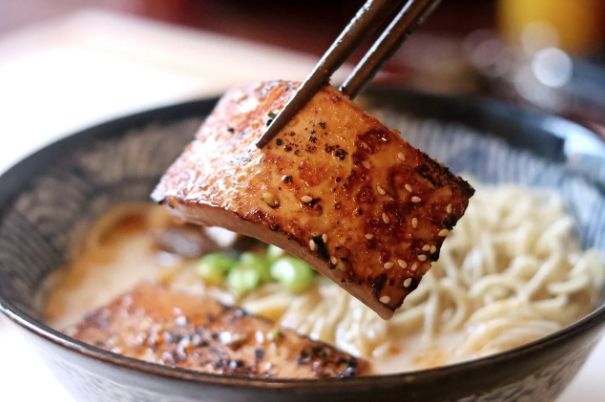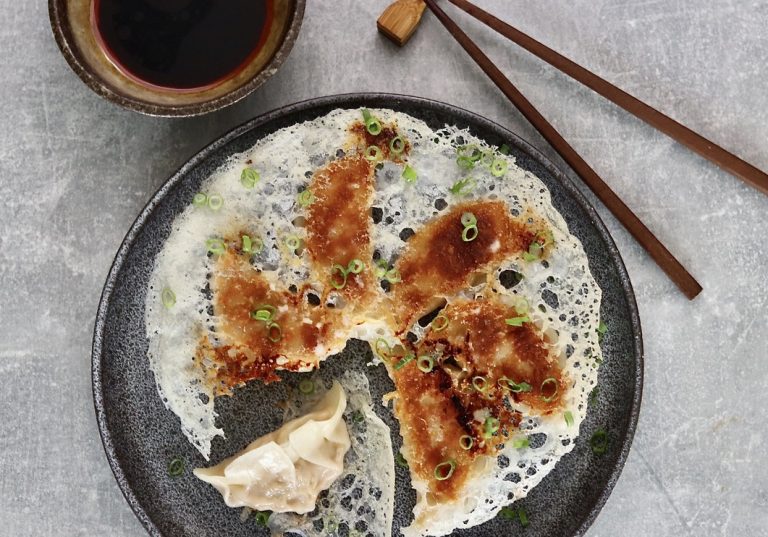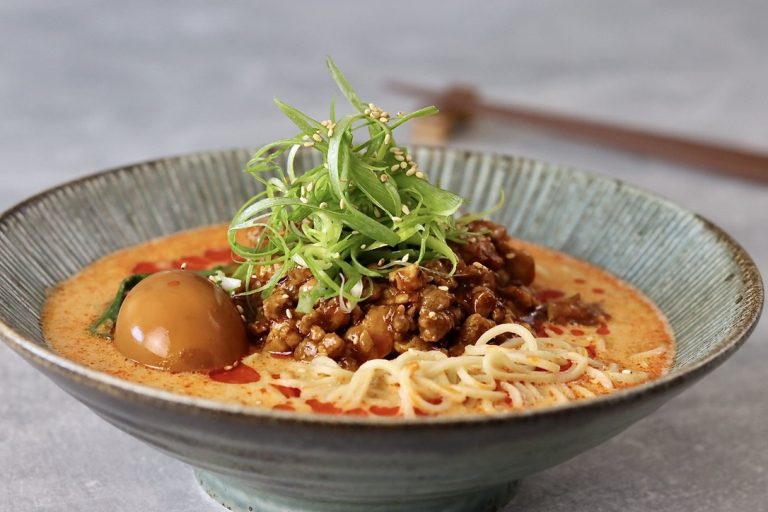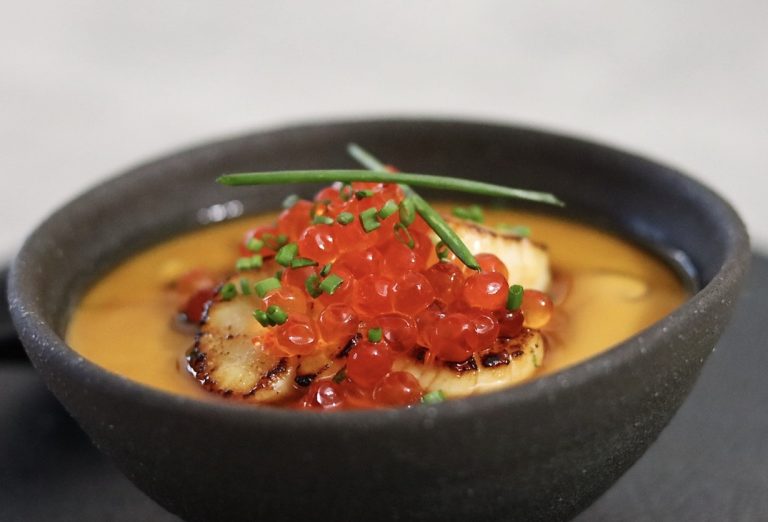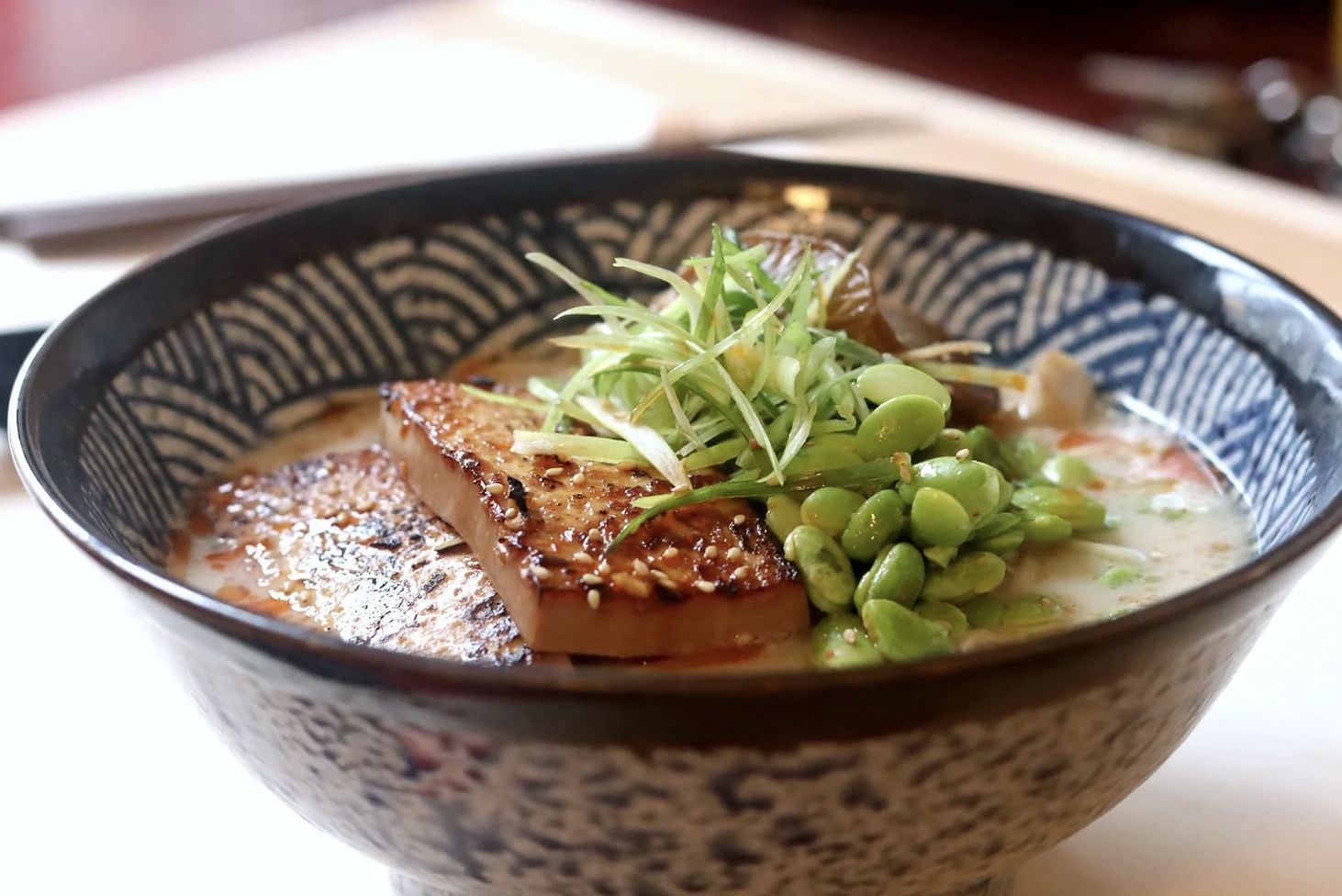
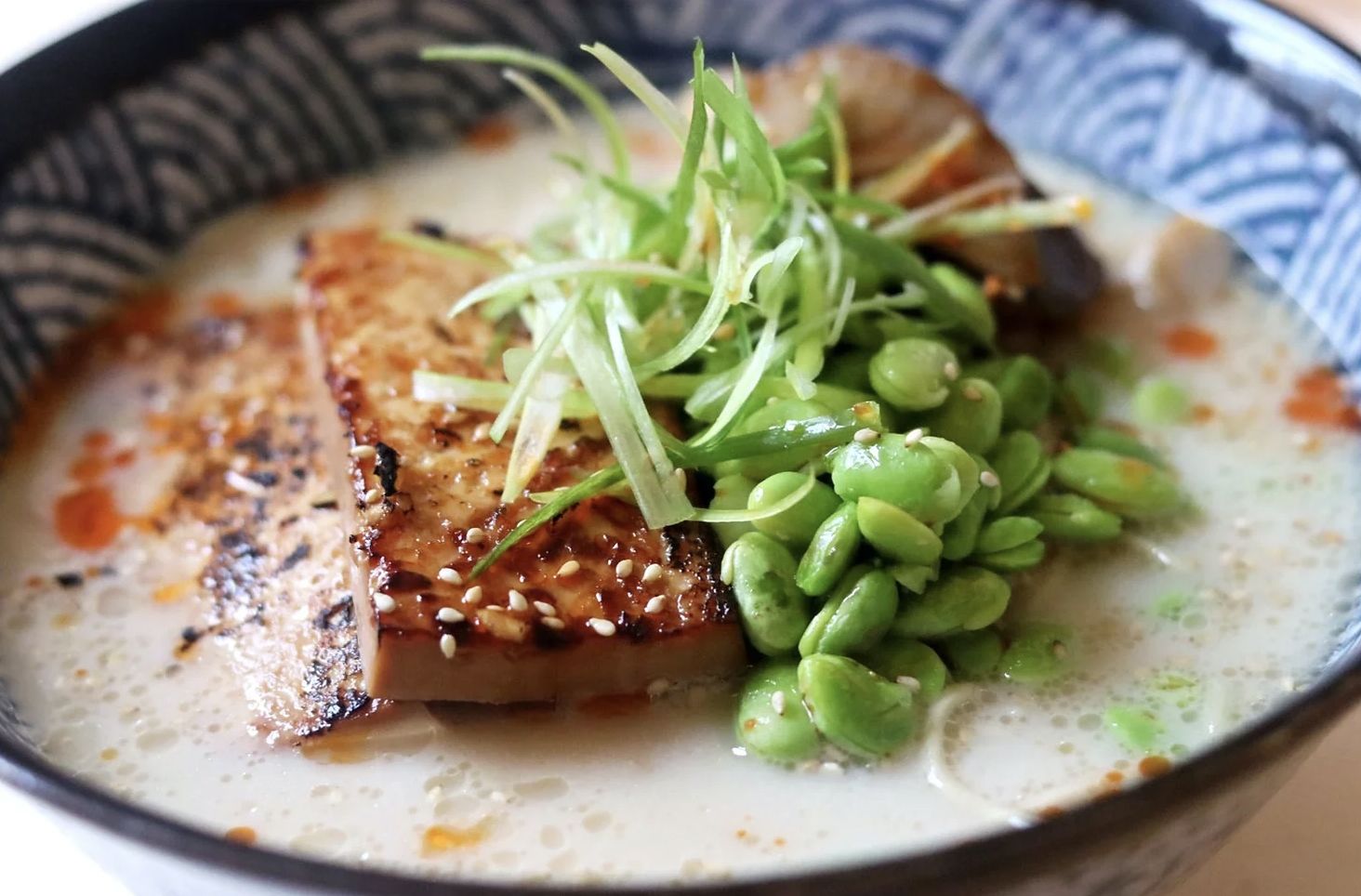
Intro:
Method:
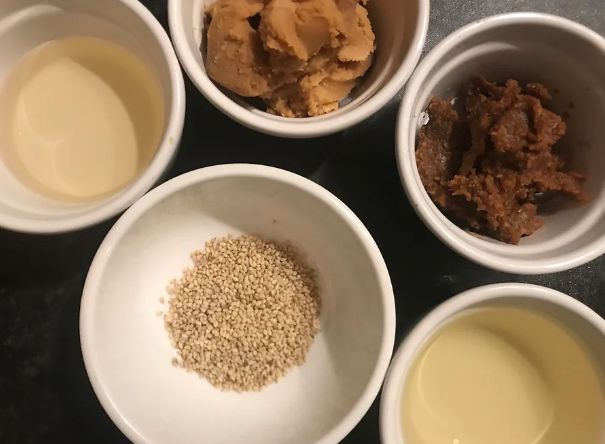
1. Let’s start with the miso tare, tare is always best to be made the night before to enable the tare to mature. Start by placing a saucepan onto a medium high heat, when hot add 65ml of sake 30ml of mirin. Boil for 1-2 minutes to burn off the alcohol content then when ready turn the heat down to a simmer. Now add 65g white miso and 30g red miso and mix well with a spatula until the miso is nicely incorporated into the sake and mirin. Continue to cook on a low simmer for 5 minutes whilst constantly stirring. You know the tare is ready as it will start to thicken.
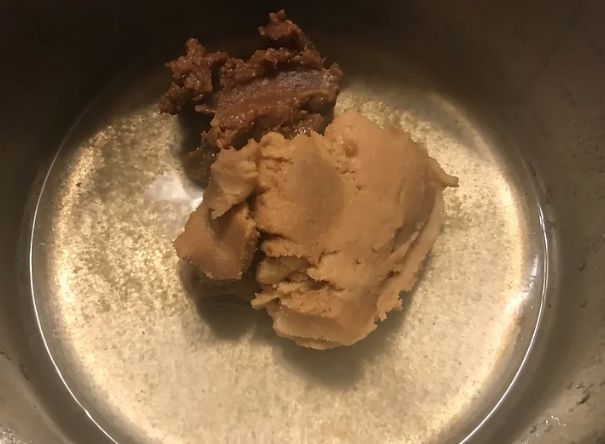
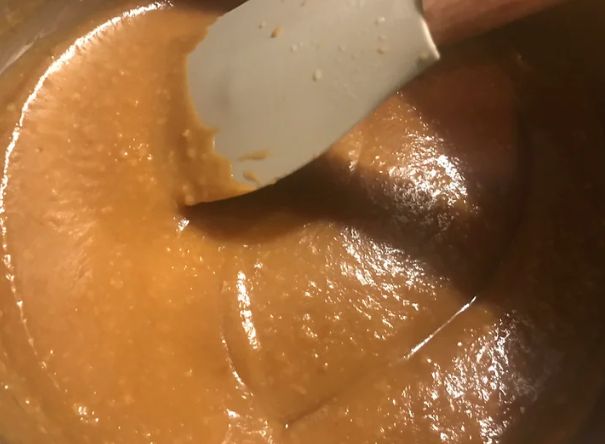
2. When ready remove from the heat then add 10g brown sugar and 5g of toasted sesame seeds, mix well then place the tare into a bowl to cool. Now we have our tare, it may seem quite salty to taste but that is the purpose of tare. Place into the fridge and store over night.
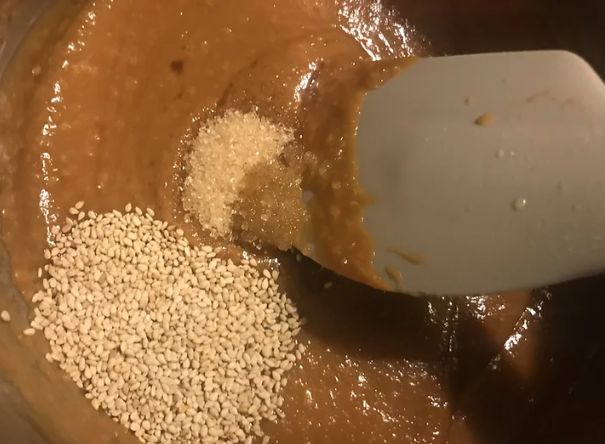
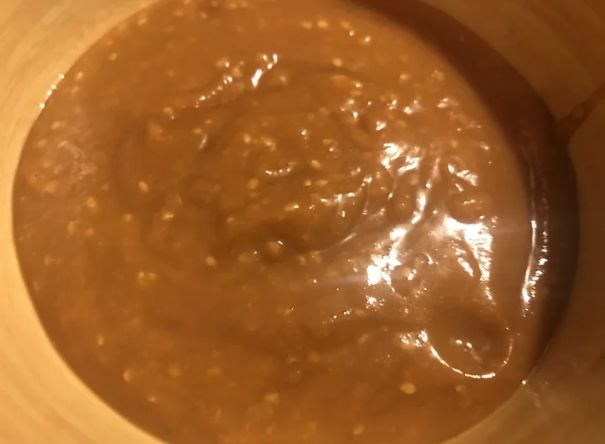
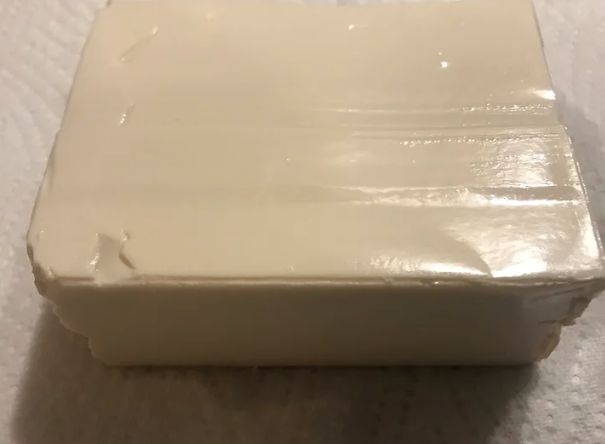
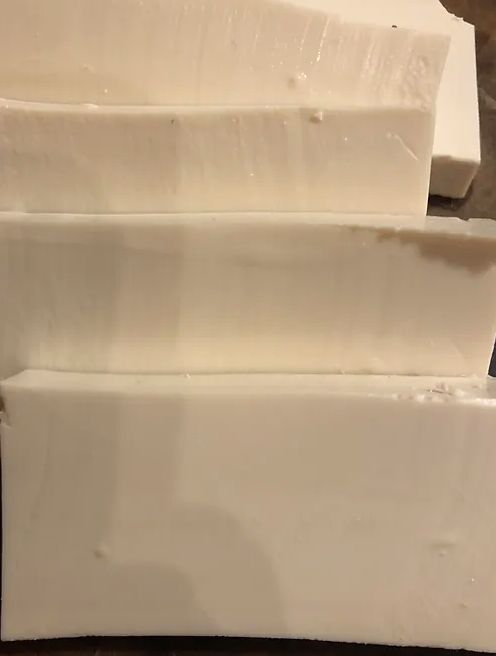
5. Now we can make up the marinade for the tofu, in a small bowl add 3 tbsp light soy, 1 tsp sugar, 1.5 tbsp honey and 2 minced garlic cloves. Mix well then pour over the tofu making sure that all the tofu gets coated in the marinade. Cover with clingfilm and store in the fridge overnight.
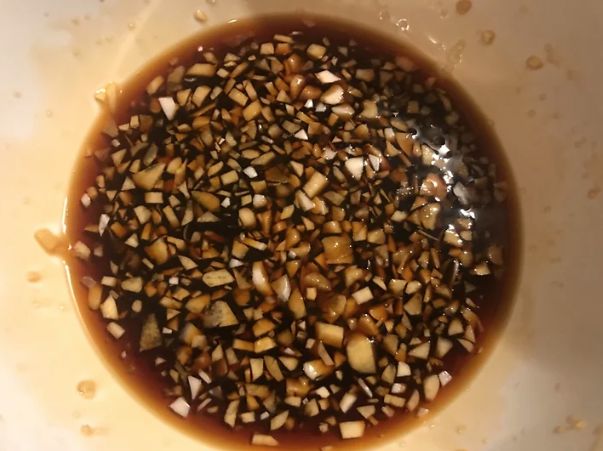
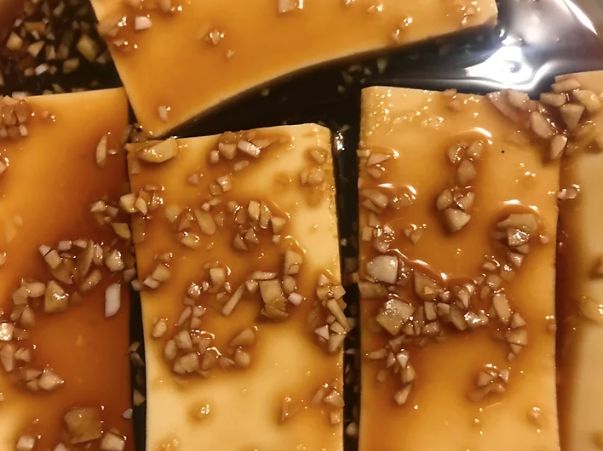
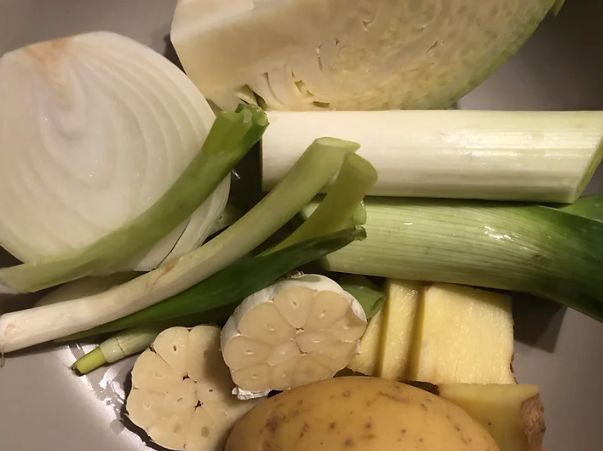
1. Now that most components for the ramen have been prepped we can now start the broth. We want the broth to have our dashi base. In a large pan add 20g kombu and 4 dried shiitake mushrooms, add 2 litres of cold water to the kombu and shiitake and leave off the heat for 30 minutes. Then place the dashi onto a low heat and bring up the temperature to no more than 80 degrees. We do not want to boil the broth as the kombu will loose its umami. Now add 1/2 white onion, 1 leek, 1 garlic bulb cut in half, 30g ginger, 1/4 white cabbage, 3 spring onions, 1 peeled potato and a decent amount of sea salt. Place a lid over the pan and cook on low heat for approximately 1 hour.
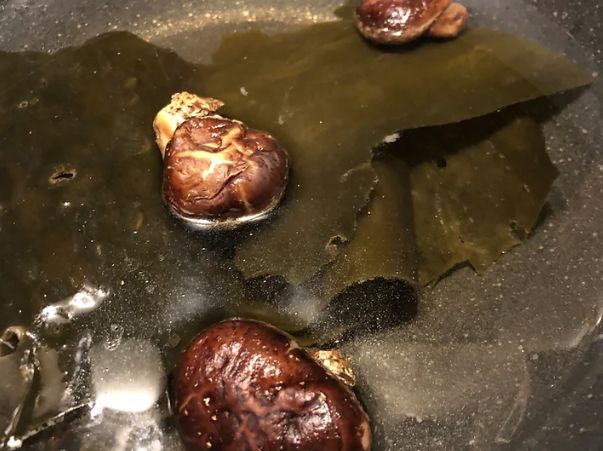
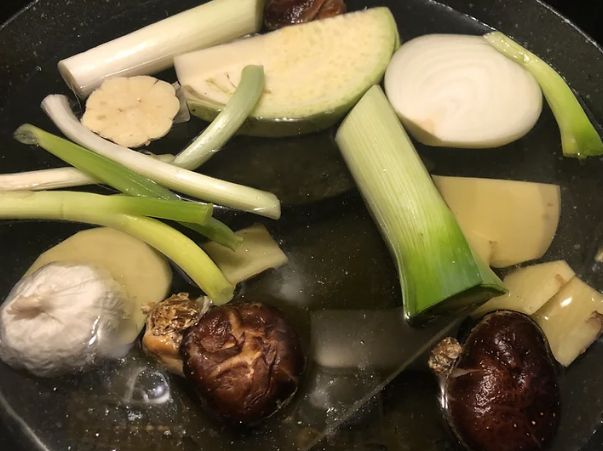
Toppings
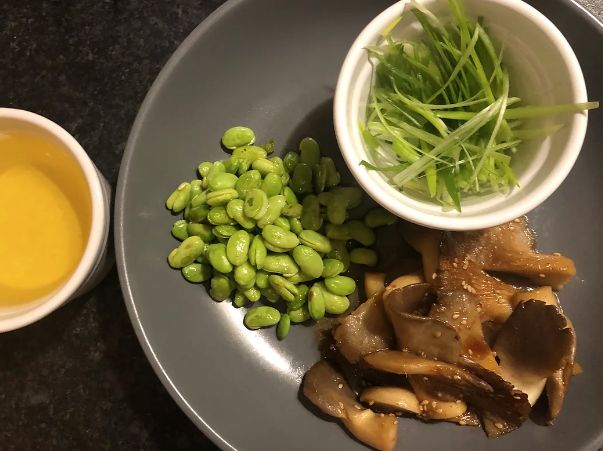
2. Whilst we are waiting for the broth to cook we can prepare all of the toppings for the dish. For the edamame beans remove the outer shell then pan fry with a small drizzle of sesame oil until just cooked. Finely slice the green part of the spring onions. For the mushrooms then cut into bite sized pieces then pan fry in a hot pan with a small drizzle of oil until cooked. Season with salt and pepper or to take them to another level when cooked add a drizzle of light soy, Japanese pepper (Shichimi), a few toasted sesame seeds and a drizzle of sesame oil. This stage is optional and its perfectly fine to just season the mushrooms normally. To make the shallot oil add 75ml of oil to a pan and add 1 chopped shallot. Fry until golden to infuse the oil then strain off the oil into a small bowl and season with a touch of salt. Place all the toppings to one side for now as the hot broth with enable us to reheat the toppings.
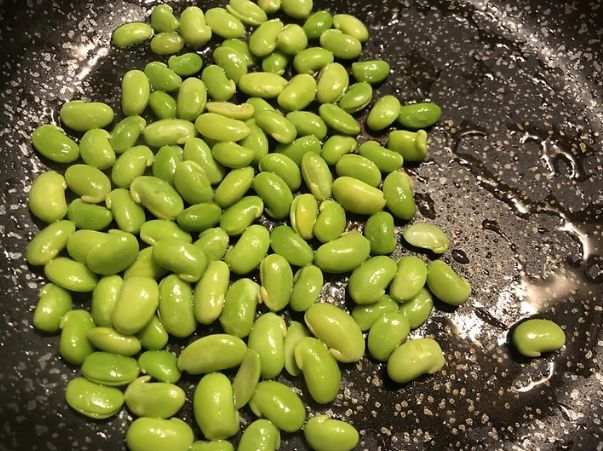
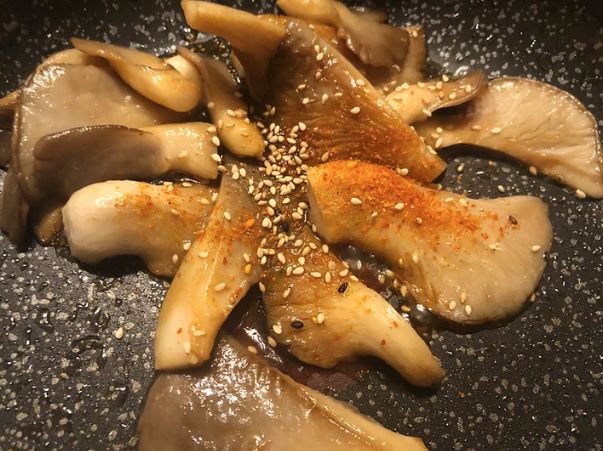
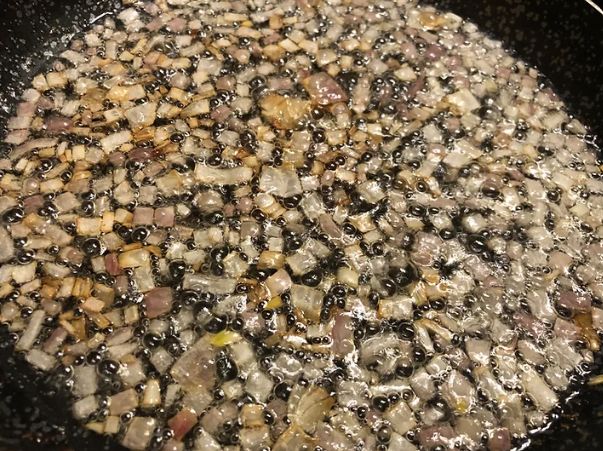
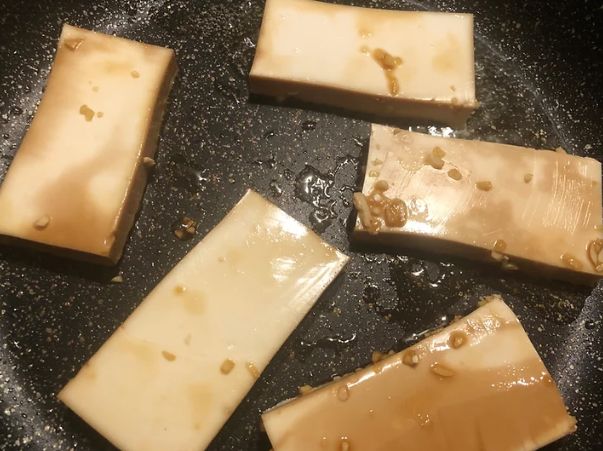
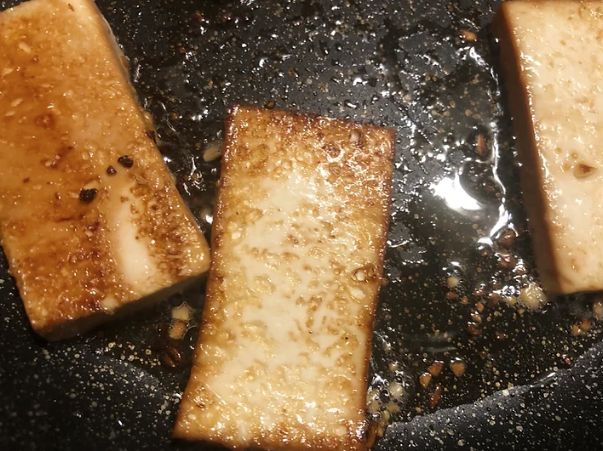
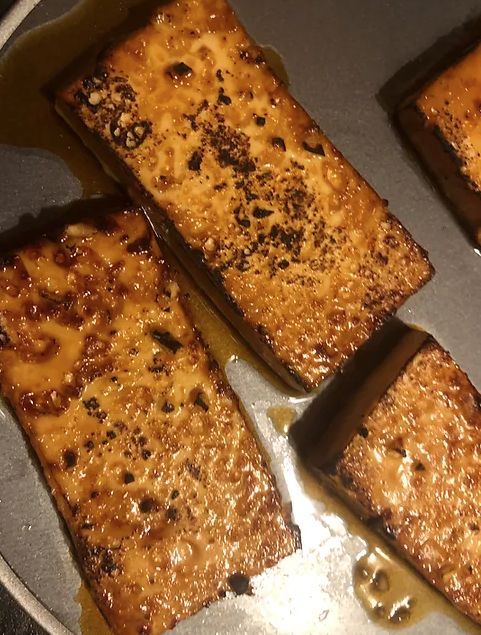
4. We are now ready to serve, last few things to do is to strain the broth and cook the noodles. Pass the broth through a sieve and try to extract all that flavour from the cooked vegetables by pushing as much broth through with a ladle. When ready adjust the seasoning with salt if needed. You do not want the broth to be properly seasoned as we will get the salt content from the miso tare. Now to incorporate the oat milk into the broth, finish the broth by adding equal quantities of broth and oat milk to a pan and bring up to a boil. Whilst the broth is heating also add the noodles to boiling water and if freshly made cook for 60 seconds and if dried follow the packet cooking times.
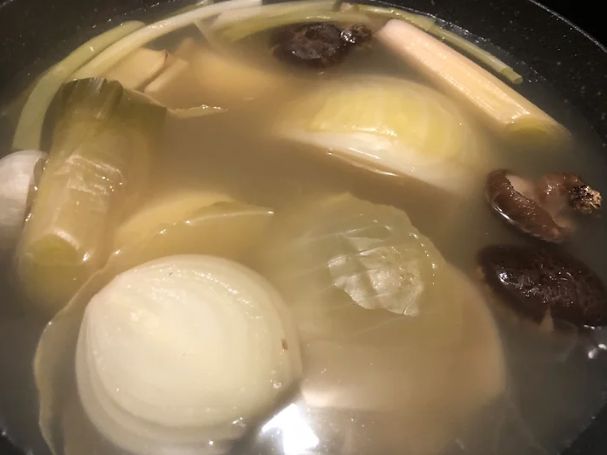
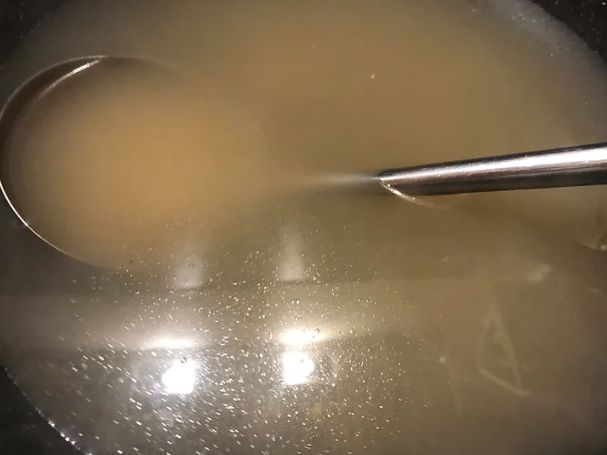
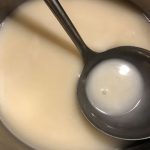
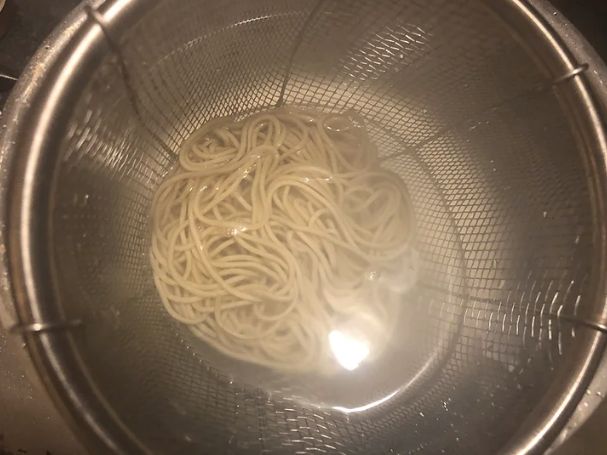
5. Now we are ready to build up the bowls and serve, start with adding 1 tbsp of the miso tare to each bowl then add 1 tbsp of the shallot oil. Then ladle approx 350ml of the finished broth into the bowl and whisk to incorporate the broth into the tare. When the noodles are cooked place into the centre of the broth.
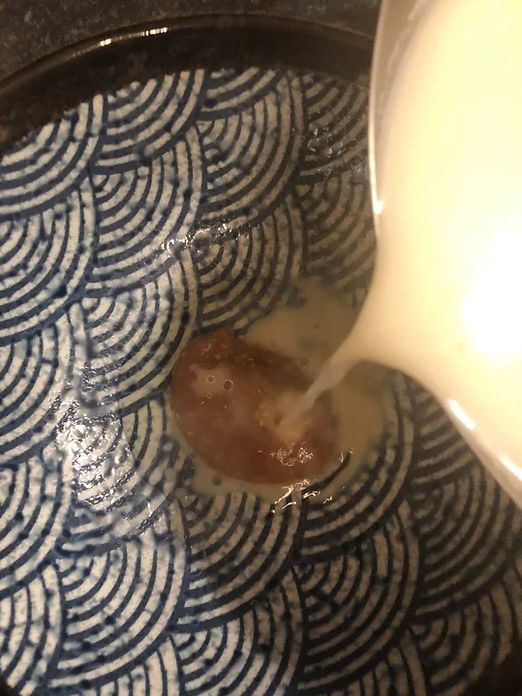
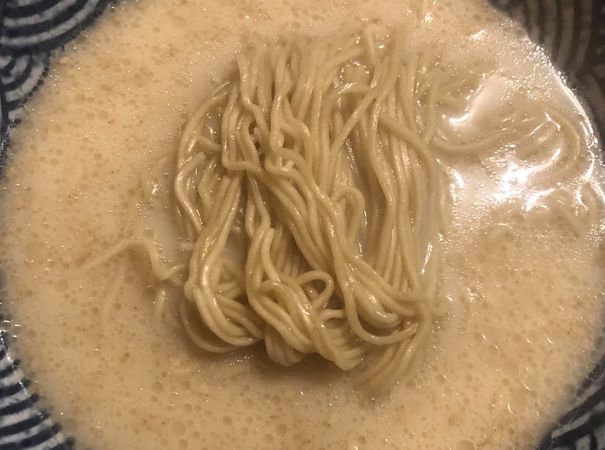
6. To finish the bowls, add some chashu, edamame beans, oyster mushrooms, sliced spring onion and finally drizzle over with a little more shallot oil and nourish. Hope you like my take on a vegan tonkotsu inspired ramen! Have fun!
